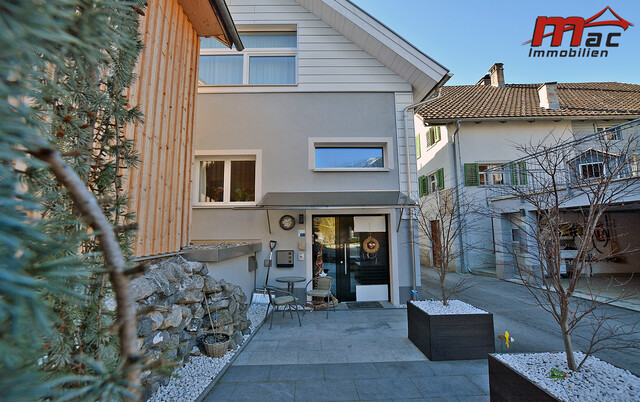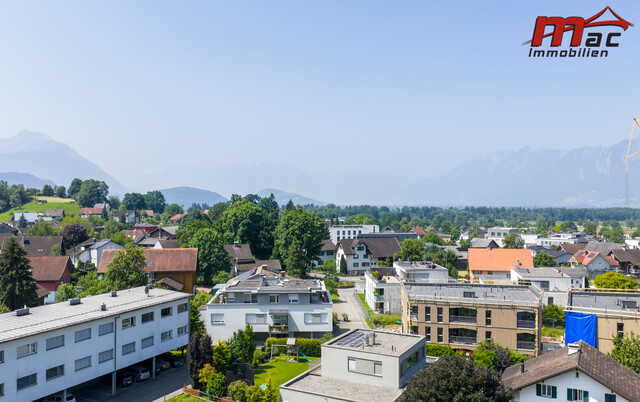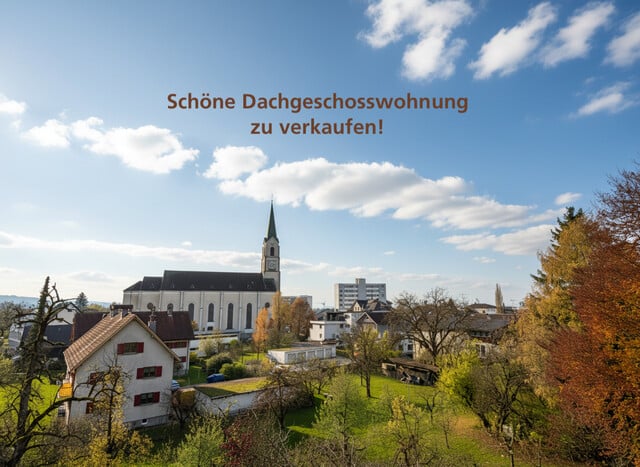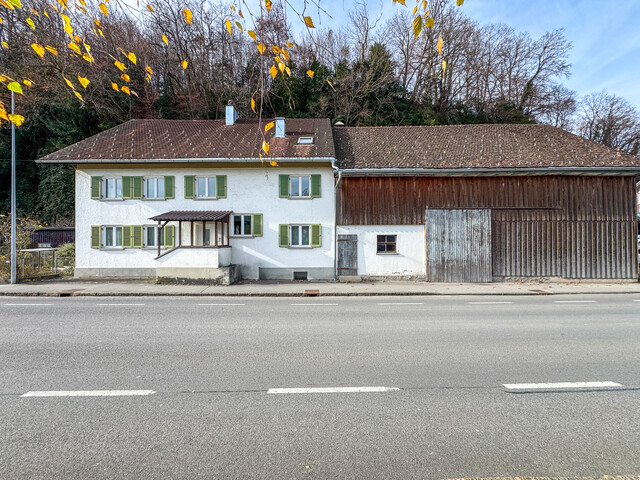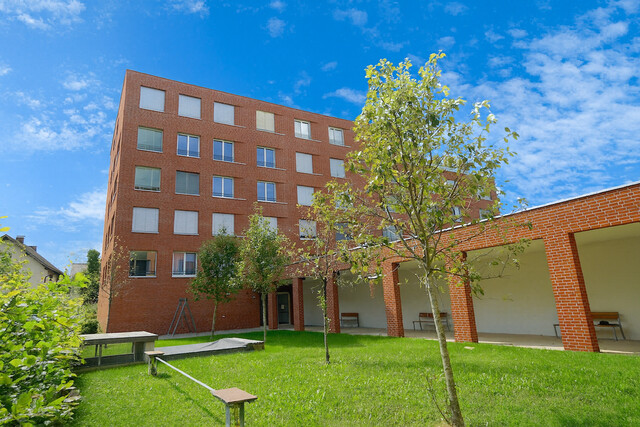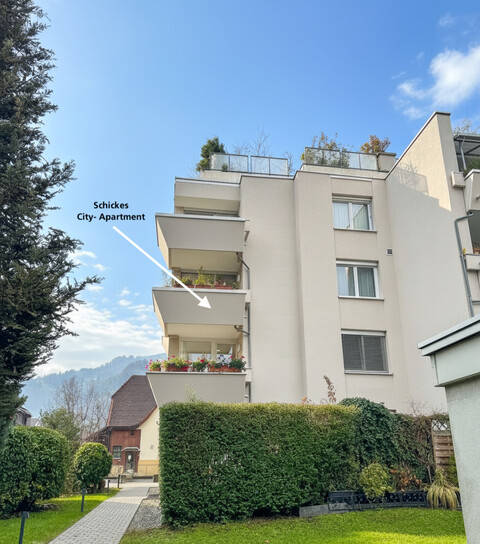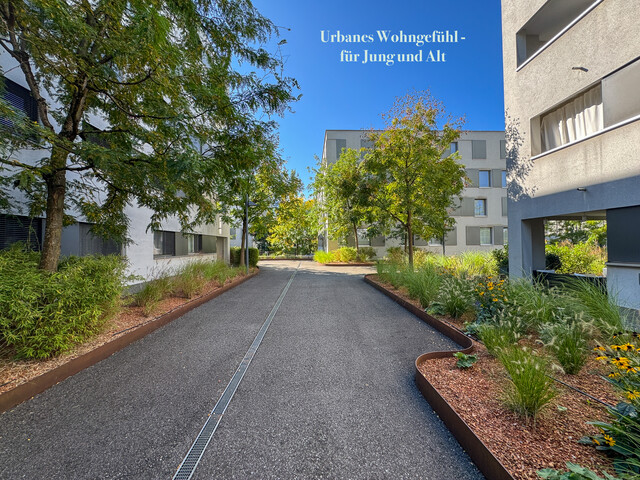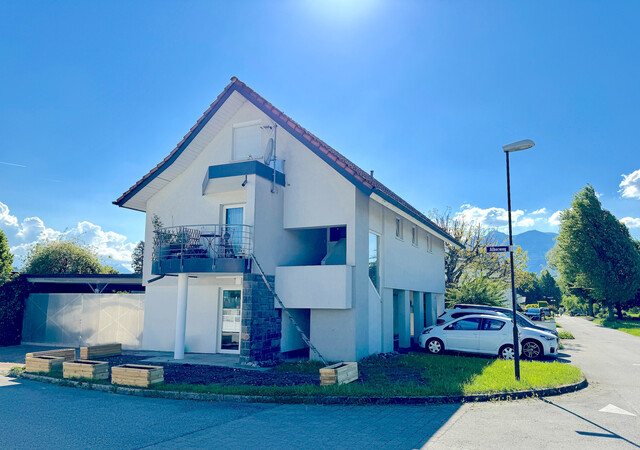Safety on School Routes: This is What Parents Demand

To improve safety on school routes, parents are calling for better crossings, more 30 km/h zones in school and residential areas, as well as increased use of school crossing guards, according to a representative online survey commissioned by ÖAMTC and KFV among 600 parents of elementary school children.
Survey on Safety on School Routes: Heavy Traffic and Distraction from Smartphones
Almost a third of parents find their children's school route challenging - 31 percent of survey participants specifically cited high traffic volume as a problem, followed by confusing intersections, missing crosswalks, and dangers from the child's distraction, as shown by the results of the study conducted by Ipsos in spring 2025.
The survey provides information about the school routes of elementary school children between six and ten years old, as well as their mobility behavior and perception of dangers in traffic - according to parents' assessment, the children are top-notch in knowing and following traffic rules - 93 percent of the children would know rules, such as the commuter look or the correct use of traffic lights and crosswalks, even before starting school. However, the use of mobile phones as a cause of distraction may be underestimated. Because leading causes of school route accidents in 2024 were inattention and distraction, as well as right-of-way violations and pedestrian misconduct.
"According to the survey, almost 45 percent of elementary school children carry a mobile phone on their way to school, even more among the older ones. But only 13 percent of parents state that their child is 'frequently' distracted by it, while another 27 percent suspect 'sometimes' a distraction. This may indicate a low perception of the problem by parents in this regard," says ÖAMTC traffic psychologist Marion Seidenberger.
ÖAMTC Demands Safety Concepts for Scooters, Skateboards, and Bicycles
According to a survey, most elementary school children need about 15 minutes for their way to school - more than half are accompanied on foot by adults or other students. Every third child is driven to school by car - reasons given are time savings and a higher perceived safety for the child. Increasing usage and accident numbers can be observed especially with means of transportation like scooters, skateboards, and bicycles, where, according to the ÖAMTC expert, safety concepts will be needed in the future.

In 2024, 451 children had accidents on their way to school in Austria, and there were no fatalities. This puts the past year below the long-term average of 488 injured children. In the age group of six to nine-year-olds, 37 students had accidents on foot, twelve with the bus, ten with play and sports equipment, nine with scooters, and seven each with bicycles and cars. In the age group of ten to 15-year-olds, the number of accidents rose to 369 injured children. According to Seidenberger, the higher number can be explained by the change of school and the resulting new and longer school routes with different means of transportation.
Safety on School Routes: Zebra Crossings Alone Not a "Safety Guarantee"
Klaus Robatsch, head of traffic safety at the Austrian Road Safety Board (KFV), pointed out the importance of practicing the way to school: Parents should accompany their children on the way to school for as long as necessary and explain to them what to pay attention to. It is also important to look both ways before stepping onto the road at green pedestrian lights to watch for possible turning vehicles. But caution is also advised on pedestrian crossings: It is important to strictly check and, if necessary, remove visual obstructions near schools - such as hedges, poster stands, mailboxes, or bicycle and car parking facilities. Because a zebra crossing alone is not a "safety guarantee," according to ÖAMTC expert Seidenberger.
From the perspective of KFV and ÖAMTC, there is also great potential in parents' willingness to participate in securing school routes. "It is important to pay attention to continuity and responsibility - after all, the school year runs from early September to the end of June."
(APA/Red)
This article has been automatically translated, read the original article here.
Du hast einen Hinweis für uns? Oder einen Insider-Tipp, was bei dir in der Gegend gerade passiert? Dann melde dich bei uns, damit wir darüber berichten können.
Wir gehen allen Hinweisen nach, die wir erhalten. Und damit wir schon einen Vorgeschmack und einen guten Überblick bekommen, freuen wir uns über Fotos, Videos oder Texte. Einfach das Formular unten ausfüllen und schon landet dein Tipp bei uns in der Redaktion.
Alternativ kannst du uns direkt über WhatsApp kontaktieren: Zum WhatsApp Chat
Herzlichen Dank für deine Zusendung.
